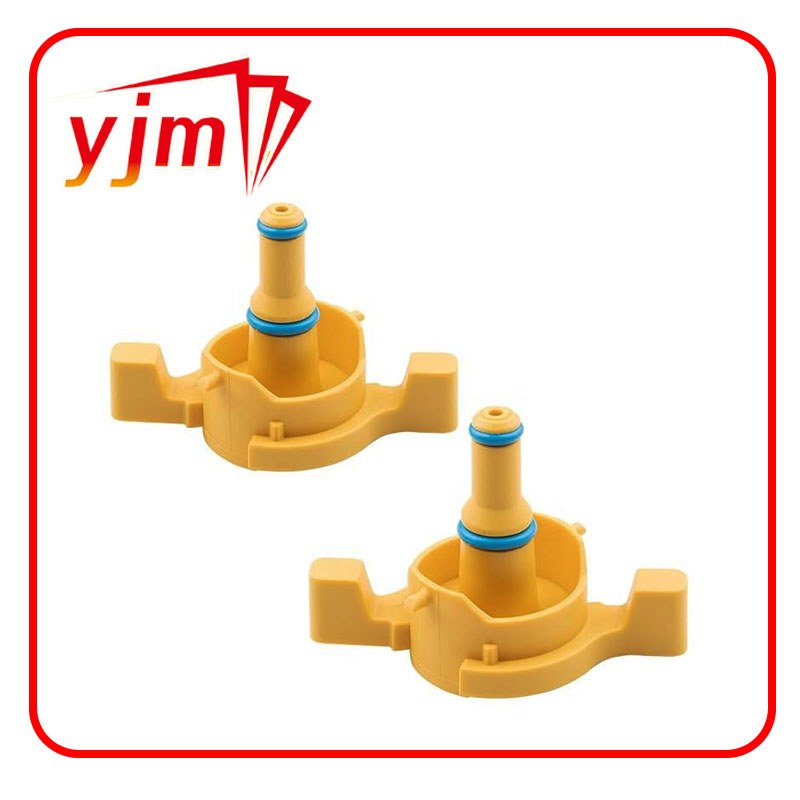Understanding the Function and Importance of O-Ring Seals in Oil Applications
Understanding Oil O-Ring Seals Functions, Types, and Applications
Oil O-ring seals are vital components in various mechanical systems, serving as reliable seals to prevent leaks of oils, fluids, and gases in industrial and automotive applications. Their simple yet effective design plays a critical role in ensuring the efficiency and longevity of machinery and equipment. This article aims to delve into the functions, types, and applications of oil O-ring seals.
What is an O-Ring Seal?
An O-ring is a circular loop made from elastomeric materials, typically rubber or silicone, designed to fit into a groove on two mating surfaces. When pressure is applied, the O-ring deforms to fill the space between these surfaces, creating a tight seal. This design helps to prevent the leakage of fluids and gases, making it essential in applications where pressure differentials exist.
Functions of Oil O-Ring Seals
1. Leak Prevention The primary function of an oil O-ring seal is to prevent leaks. By creating a pressure-tight seal, these rings ensure that fluids remain contained within the system, thereby preventing costly spills and environmental hazards.
2. Pressure Maintenance O-rings help maintain the necessary pressure within hydraulic and pneumatic systems. They keep the pressure stable, which is crucial for the efficient operation of machinery.
3. Temperature Resistance O-rings can be designed to withstand varying temperature ranges, making them suitable for environments where heat dissipation is essential. High-quality materials resist degradation and maintain sealing ability under extreme conditions.
4. Vibration Absorption In mechanical systems with moving parts, O-rings can absorb vibrations, preventing wear and tear on machinery components and prolonging their lifespan.
Types of O-Ring Seals
O-rings come in various designs and materials to accommodate different applications
oil o ring seals

1. Material Variants - Nitrile Rubber (NBR) Known for its excellent oil resistance, nitrile O-rings are commonly used in automotive applications, particularly in engines and fuel systems. - Fluorocarbon (FKM) This material is ideal for high-temperature and chemical-resistant applications, often found in aerospace and industrial settings. - Silicone Silicone O-rings offer excellent flexibility and temperature resistance, making them suitable for food and pharmaceutical industries.
2. Cross-Section Shapes - Standard Circular The most common shape, providing reliable sealing for a broad range of applications. - Square or Rectangular These shapes can provide improved sealing performance in certain conditions.
3. Custom Designs Many manufacturers offer custom O-ring seals tailored to specific requirements, including non-standard sizes or materials.
Applications of Oil O-Ring Seals
Oil O-ring seals find extensive use across various industries
1. Automotive Industry In vehicles, O-rings are crucial for sealing engines, transmission systems, and fuel lines. They prevent engine oil leaks and ensure optimal performance.
2. Hydraulics and Pneumatics Many hydraulic systems depend on O-rings for reliability. They are often used to seal pumps, cylinders, and valves, ensuring the safe operation of heavy machinery.
3. Aerospace Applications O-rings are essential in aircraft for sealing systems that contain fuel, oil, and hydraulic fluids, where failure could lead to catastrophic consequences.
4. Industrial Machinery Manufacturing equipment and compressors use O-rings to maintain operational efficiency and safety, helping to avoid downtime caused by leaks.
Conclusion
Oil O-ring seals are indispensable components in many mechanical systems, ensuring leak prevention, pressure maintenance, and overall operational efficiency. With various materials and designs available, selecting the right O-ring for a specific application is crucial to enhance performance and durability. Understanding the functions and types of O-rings will aid engineers and technicians in making informed decisions, ultimately contributing to the reliability and efficiency of their systems.
-
The Ultimate Guide to Car Repair Kits: Tools and Essentials Every Driver Should Own
News Aug.01,2025
-
The Complete Guide to Oil Pan Gaskets: Sealing Engine Leaks the Right Way
News Aug.01,2025
-
Preventing Oil Leaks: A Complete Guide to Oil Pan Gaskets and Drain Seals
News Aug.01,2025
-
Everything You Need to Know About Oil Pan Gaskets and Drain Plug Seals
News Aug.01,2025
-
Essential for Car Owners: How to Use a Car Repair Kit to Deal with Minor Breakdown
News Aug.01,2025
-
Comprehensive Guide to Engine Oil Sump Gaskets and Related Seals
News Aug.01,2025
-
The Ultimate Guide to Boat Propeller Bearings and Trailer Wheel Bearings
News Jul.31,2025
Products categories















